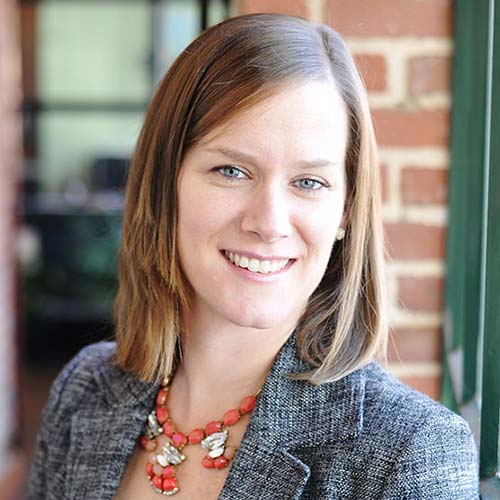Originally published by QNotes, March 2020
By Lauren V. Lewis
Chances are neither you nor your spouse ever imagined divorce negotiations when you planned your wedding vows. How things can change.
Tensions run high in divorce, communication breaks down and respecting your spouse can be hard. Divorce can be overwhelming on all levels — emotionally, mentally, financially. While your relationship is self-destructing, the process of divorce comes barreling at you. We’ve all seen that process play out in movies and television dramas.
But the reality is you and your spouse have options on how you get divorced. You can take ownership of the process and, therefore, the resolution. You can make choices with just as much intentionality as when you chose other important things in your life.
Big picture — the options are for a court-centered and court-driven divorce process, which means filing a lawsuit against your spouse. Or you could choose an out-of-court divorce process, which involves mediation and collaborative divorce.
In a court-driven process, you outsource 100 percent of the decision-making about the division of your financial assets like your home and retirement savings, along with the decisions about parenting your children. The person who has control is a judge who has never met you, spent a day in your home, seen how hard you work or felt the tenderness of how you tuck your children in at night.
The process of litigation strips you of any agency and control in your own life, with no guarantees about the final result. I tell my clients there’s a better way.
What is a collaborative divorce?
Collaborative divorce is driven by the divorcing spouses and guided by a team of trained professionals. It’s private, as opposed to litigation in which the documents you file and allegations you make about each other are on public record for public consumption.
You and your spouse make a contractual commitment to one another to negotiate instead of having a judge decide, while also committing to communicate openly, share necessary information and develop resolutions focused on your individual and collective goals. As one of the two final decision-makers, you are integrally involved in the discussions leading up to your final decisions.
Who else is involved in a collaborative divorce?
Collaborative divorce brings together a team of lawyers, financial “neutrals,” divorce coaches and child specialists who meet for face-to-face meetings. Spouses jointly retain the necessary specialists to ease communication between you and your spouse and guide you through the process.
More on the team:
• Collaborative Divorce lawyers: Even though judges and the court are not involved in the collaborative process, there are still legal rights involved, so it is important that each spouse has his or her own collaboratively trained lawyer.
• Financial neutral: A financial neutral has a special focus on understanding the financial aspects of any divorce situation, including assets in the parties’ estates, financial obligations to one another, and financial obligations to benefit the children. The financial neutral reviews income, assets and liabilities and can help the team analyze options.
• Divorce coach: A divorce coach has a mental health background and encourages both spouses to focus on personal goals throughout the process and into the future.
• Child specialist: A child specialist presents thoughts and concerns on behalf of the children to consider as the parents make long-term decisions about the children’s best interest.
Spouses commit to one another to work through the collaborative process. If they can’t reach a final resolution, none of the professionals on this team can be involved in any litigation about the divorce. That rule makes the collaborative process an even more private and contained space in which to discuss possible resolutions.
Can you afford a collaborative divorce?
There can be a lot of professionals involved in a collaborative divorce. And yet, a collaborative divorce can easily be far less expensive than litigation. The team approach — using jointly retained professionals to focus on their respective areas — is an efficient use of valuable resources.
By pooling expenses and providing open, honest communication about the important issues, you and your spouse could retain more control over the total cost of the divorce.
How do you know if collaborative divorce is right for you?
You might be wondering how it would ever be possible for you to communicate with your spouse at this juncture — and that is absolutely a valid question.
Many times people find themselves choosing collaboration after doing a deep dive into its litigation alternative. Talking with a collaboratively-trained professional can help you assess whether you and your spouse are a good fit for a collaborative divorce.
How to get started?
Start by consulting a collaborative divorce lawyer who can answer your questions and suggest methods for broaching the subject with your spouse. As Glennon Doyle explains in her latest memoir “Untamed,” from there you just need to do the next right thing, one after the other. From there, you can find yourself on a path to a healthier divorce — one that leaves you empowered to maintain your self-respect while also able to envision an optimistic future.

